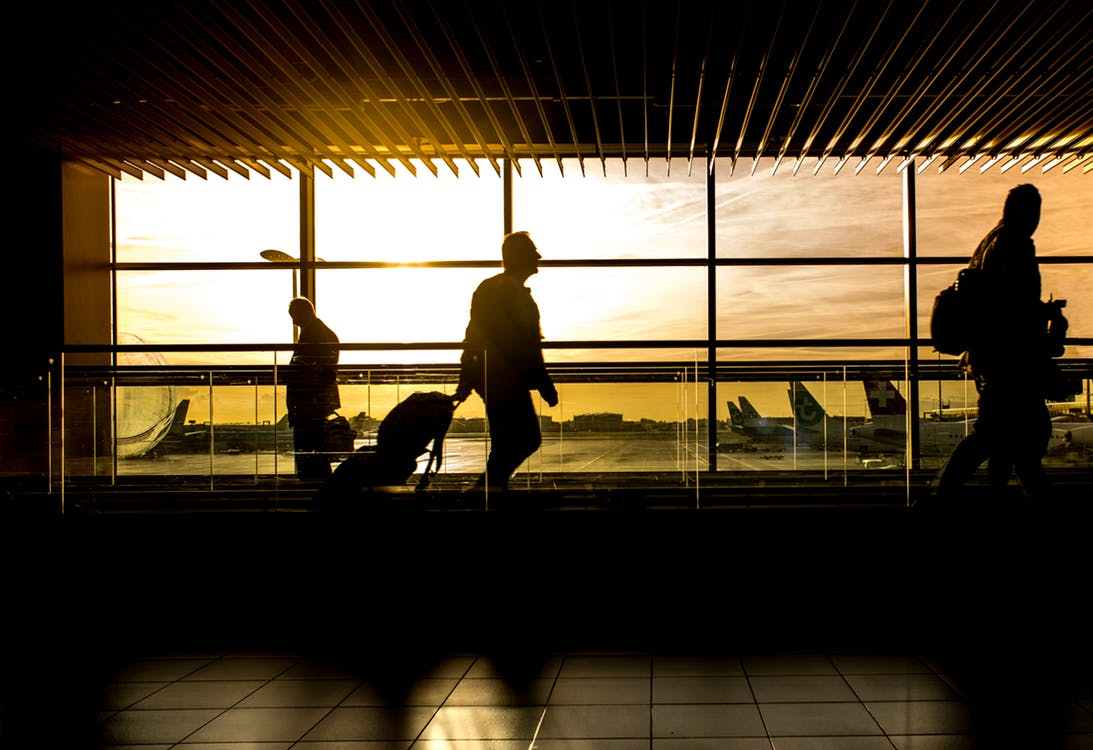
The UK government is looking to introduce innovative technology in the aviation sector to boost security across airports and reduce the time spent by passengers during security checks.
In this connection, the government has committed to finance £1.8m, which has been allocated to eight projects that can help address the challenges faced by airports.
The new funding has been announced by the government under the five-year multi-million pound initiative Future Aviation Security Solutions (FASS) programme.
The government said that the selected projects will adopt new approaches towards aviation security, which are capable of boosting threat detection capabilities. There are also projects that are working on shortening the time spent by passengers in queues during their screening process.
The selected projects include innovations such as using electromagnetic imaging to identify suspicious items in luggage, filtering samples of gas collected from cargo containers to test for explosives, and making use of machine learning techniques to detect threats on passengers and in bags.
GTT Communications acquires Interoute
Disruption can be predicted & prevented, says Accenture
Why a cloud first approach is a mere pipe dream for the NHS
UK Security Minister Ben Wallace said: “We are determined to harness the power of innovation and this ambitious programme will help us continue to use the best technologies as part of our aviation security.
“Our work in this area is just one example of how the government is supporting industry, academia and small enterprises to improve our resilience and strengthen our defences against terrorism.”
Among the shortlisted companies is Derbyshire-based Security Screening Technologies, which is working on a project to develop an imaging device which can scan shoes for explosive materials.
The step-on shoe scanner can create high-contrast images of footwear in quick time, which can be analysed by computers that have been trained to identify threats. Any shoes that seem to be suspicious will be subjected to another round of screening.
The project, if successful, will eliminate the need for passengers to remove their footwear prior to their entry into airport central search, thereby reducing waiting times in queues.






